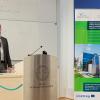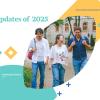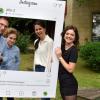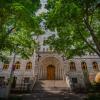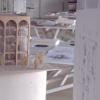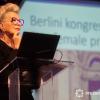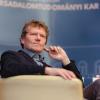Celebrating Ilona Keserü
2023
Oct
13
The Faculty of Music and Visual Arts, University of Pécs celebrated the internationally renowned painter Ilona Keserü with a festive conference on the occasion of her 90th birthday on 9 October in the Csontváry Museum.
Ilona Keserü was born in Pécs, taught drawing and painting at Janus Pannonius University (Pécs) from 1983, she was one of the founders of the Pécs Master School of Fine Arts. Since 1995 she has been the head of the DLA in Painting doctoral program at the Faculty of Music and Visual Arts, since 2003 she has been professor emerita of the University of Pécs, member of the Iparterv Group and the Budapest Workshop.
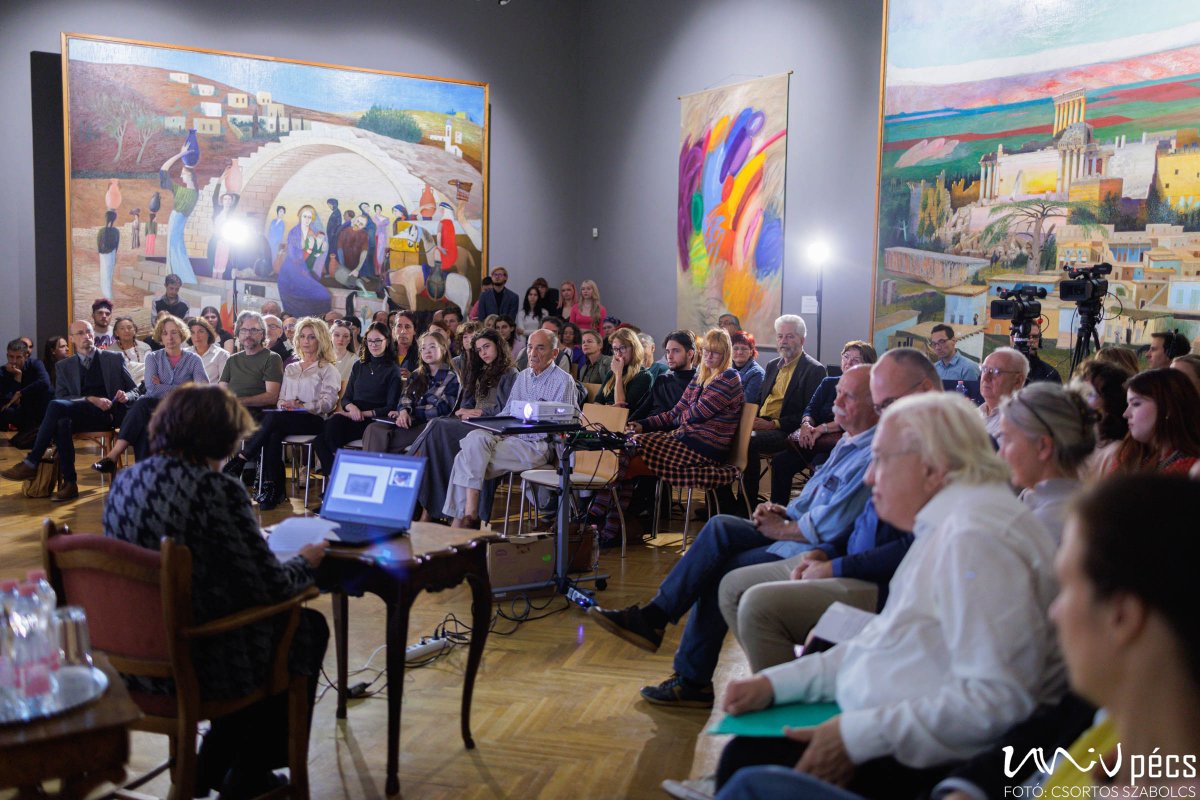
Keserü is one of the most original figures of Hungarian art of the 60s and 70s, one of the most outstanding representatives of the generations of neo-avant-garde artists starting in the mid-sixties. Her works have been exhibited not only in Europe, at the Venice Biennale, Berlin, Prague, Vienna, Milan, London, but also in the United States and Seoul.
Her paintings and work have been recognized with numerous awards, and in 2021 her work titled Reconstruction was included in the collection of the Museum of Modern Art of the Centre Pompidou in Paris, hosting Europe's most prestigious contemporary collection.
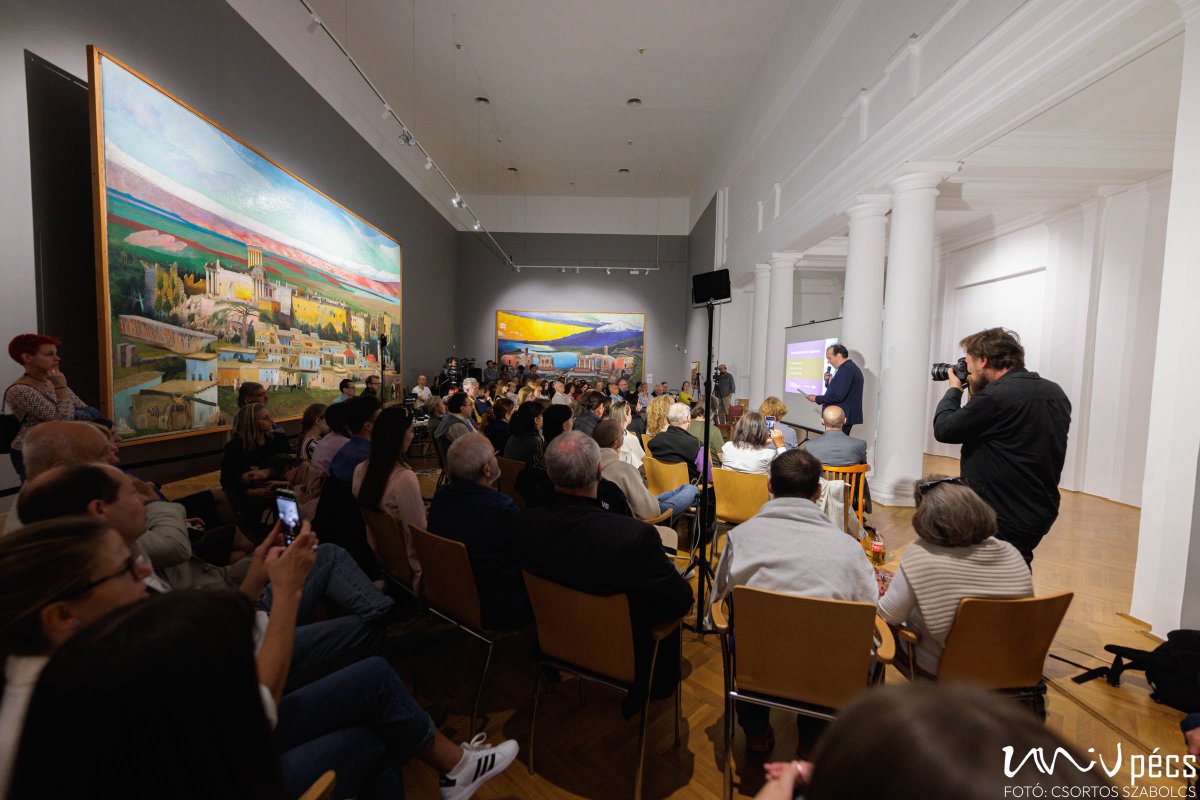
The conference titled Approximations of a Celebration, from the lectures and interpretations of which a professional volume is expected to be prepared, was opened by art historian Katalin Aknai and painter András Ernszt, lecturers of the UP Faculty of Music and Visual Arts. In his welcome speech, sculptor Péter Lengyel, dean of the faculty pointed out that this year is special in the life of both Ilona Keserü and the University of Pécs, as this year celebrated the 90th birthday of the painter and the centenary of the university's move to Pécs.
At the conference, the works of Keserü have been the focal point of the discourse, different aspects of the motifs and trends in her art have been discussed by professionals of various fields of arts and sciences. Many presenters shared their impressions, contacts with Ilona Keserü, the painter, the master and the person and the reflections of these connections.
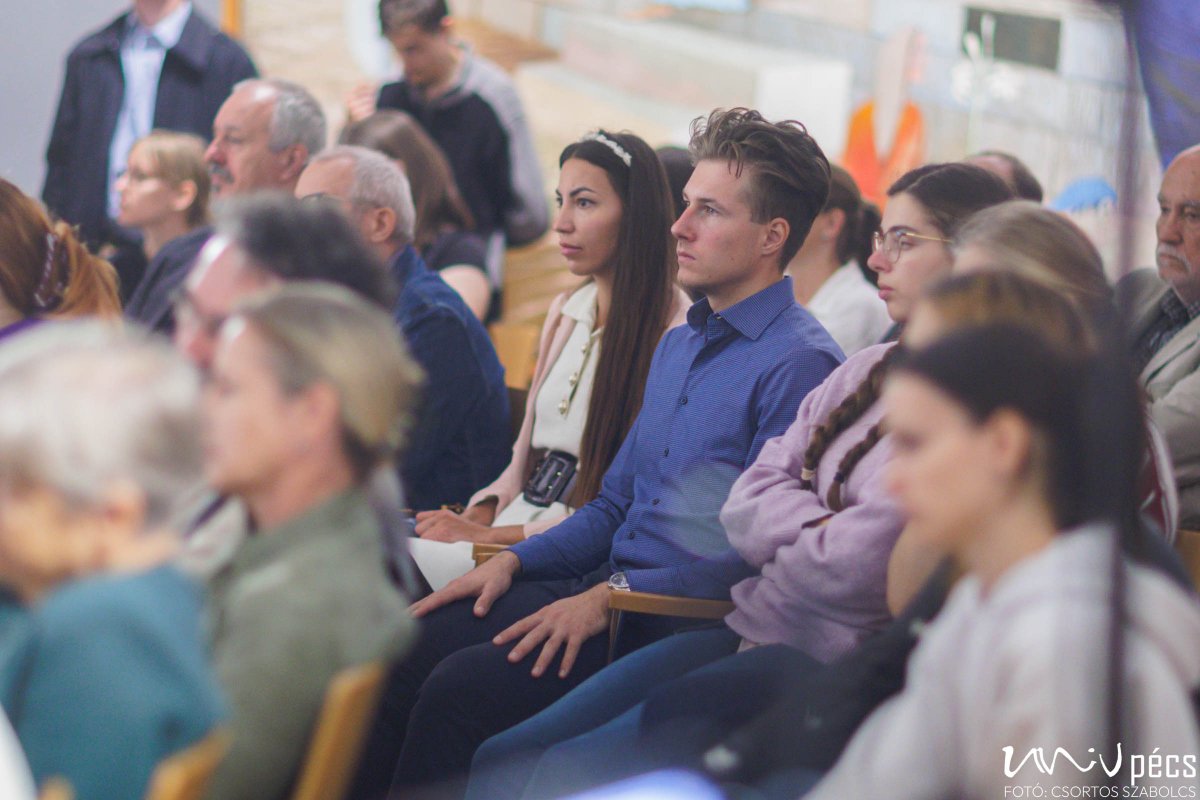
"At the Master School, she first had us do a painting exercise, mixing paints. That's where we started. It was so simple, almost ridiculous. But she was deeply serious. With our bare hands, we mixed colors with our fingers on a white primed cardboard. Starting from the most basic color wheel, we mixed first the intermediate colors, then mixed with white and black to create new color qualities, and finally each color with every other, thus creating a million variations. I have never had such a basic and interesting experience with color before. Even though I thought I already knew that. Since then, I sometimes have my students do it myself because it's so basic. Perhaps I still have the two cardboards that were made then," - recalled painter Gábor Császár in his lecture titled Finished unfinished thoughts.
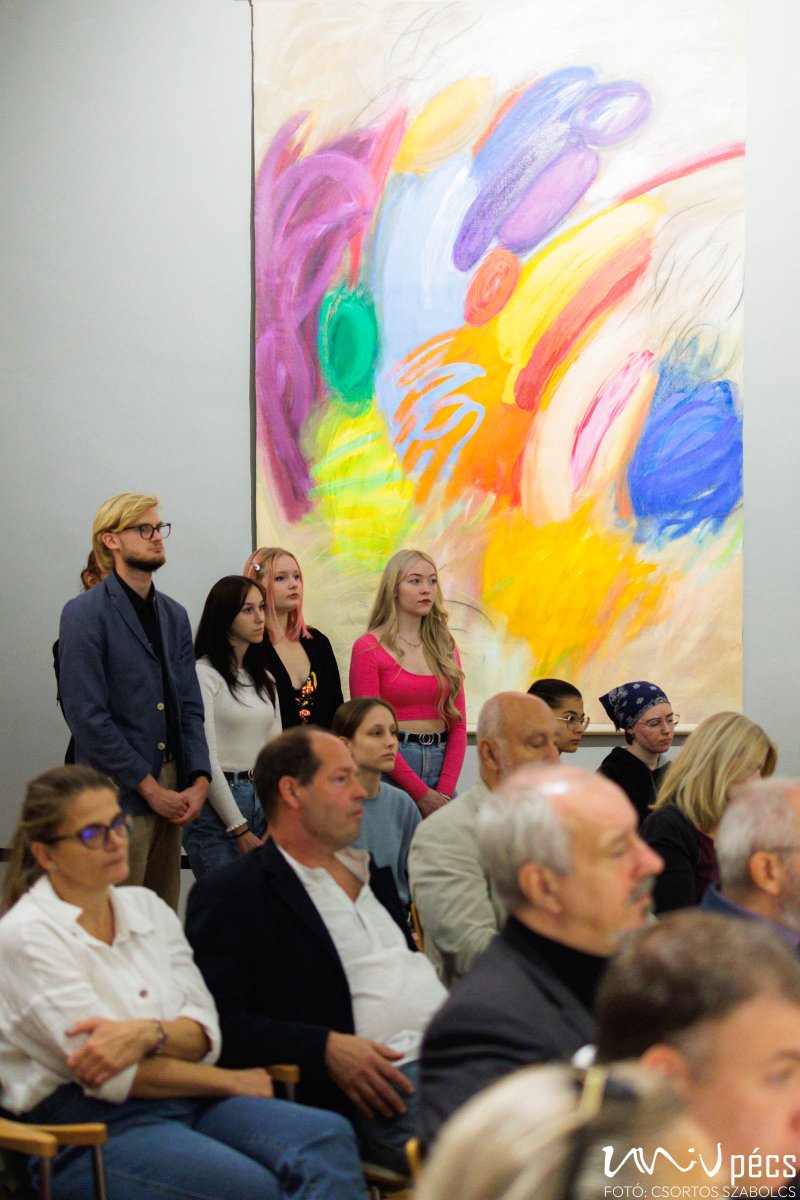 Painter Márta Nyilas shared a truly personal story, titled An hour with Ilona. She told the audience about a certain period in her own life, when she tried in vain to overcome her creative crisis despite trying all the methods she could think of. Nyilas felt that it was constantly pulling her back, that she could not get out of this crisis. Finally, she called her master, Ilona Keserü: "after listening to the doubts expressed, she said: "Márta, you work, I'm just going to sit here, watching you." Indeed,
Painter Márta Nyilas shared a truly personal story, titled An hour with Ilona. She told the audience about a certain period in her own life, when she tried in vain to overcome her creative crisis despite trying all the methods she could think of. Nyilas felt that it was constantly pulling her back, that she could not get out of this crisis. Finally, she called her master, Ilona Keserü: "after listening to the doubts expressed, she said: "Márta, you work, I'm just going to sit here, watching you." Indeed,
“she took a seat on a chair and silently followed my gaze as I leaned over the canvas on the floor and painted...
In that one hour I forgot everything, that I was in a creative crisis, and with each passing minute my confidence grew, and the work progressed more and more. The painting began to develop in the right direction, which, of course, the master also noticed, so after about an hour, Keserü stood up and said that she would get going now" – explained Márta Nyilas.
The presentations of this conference are going to be published.
Like the Sea - A Conversation with Ilona Keserü »
- Log in to post comments
University of Pécs | Chancellery | IT Directorate | Portal group - 2020.

